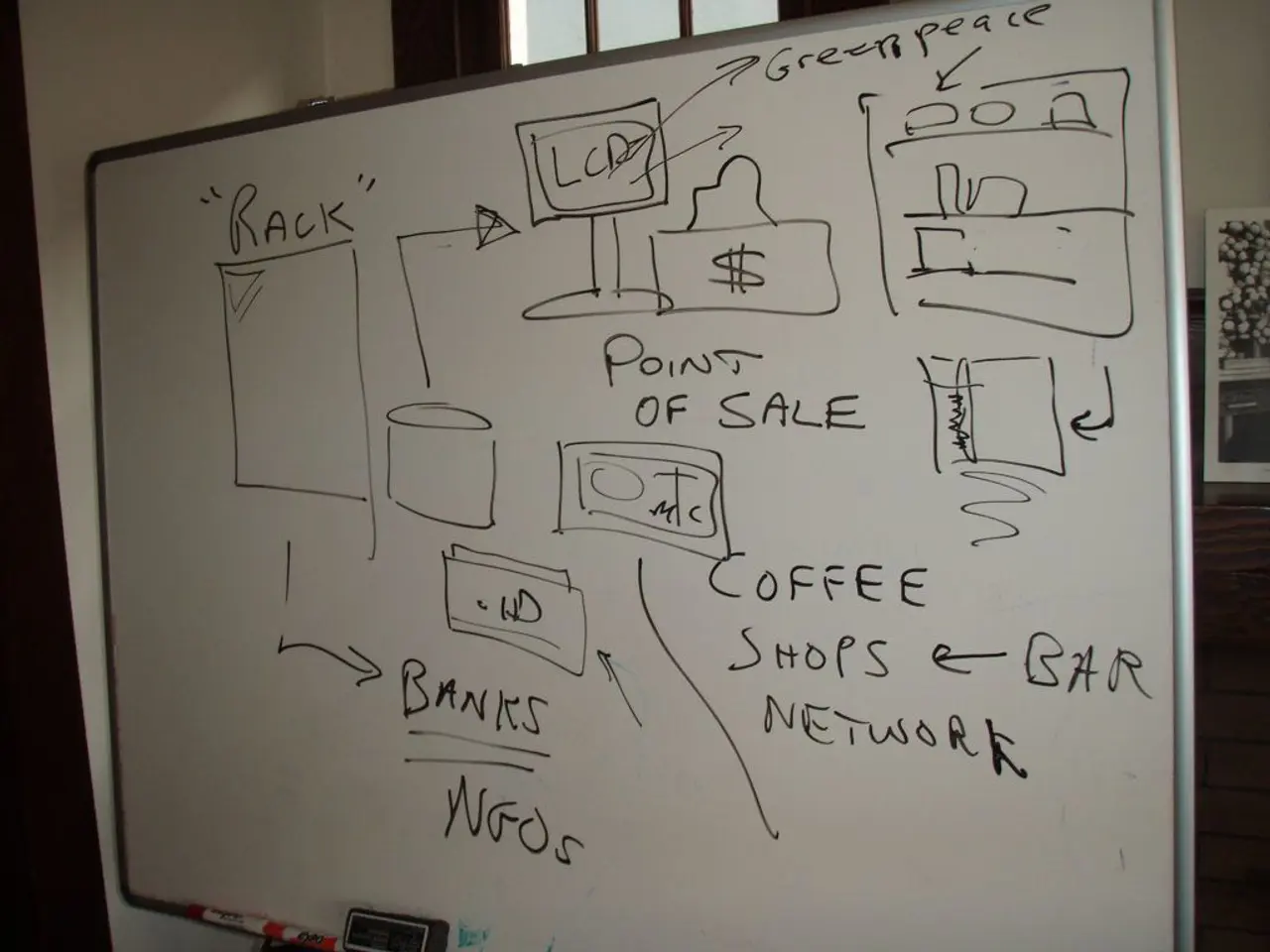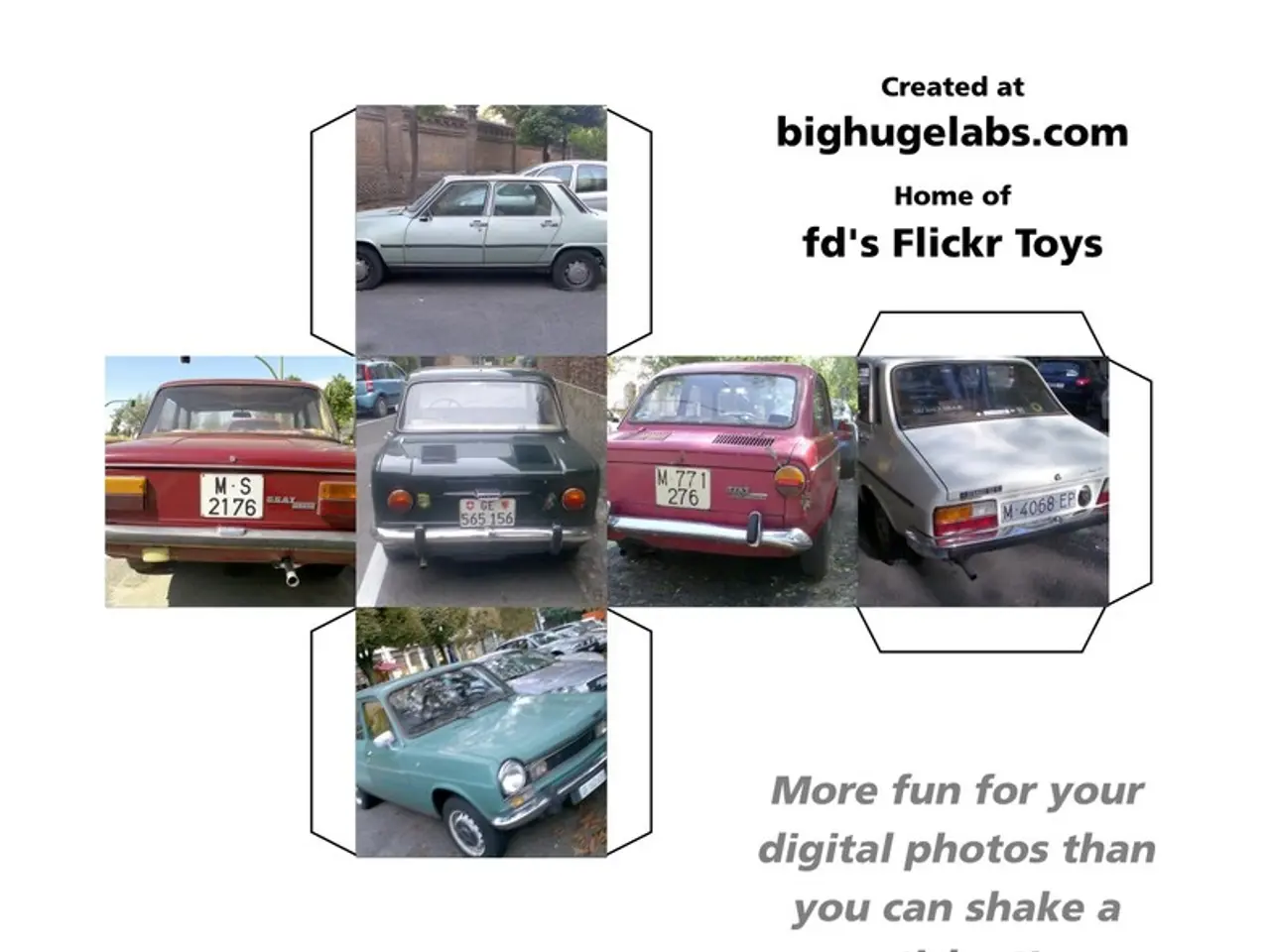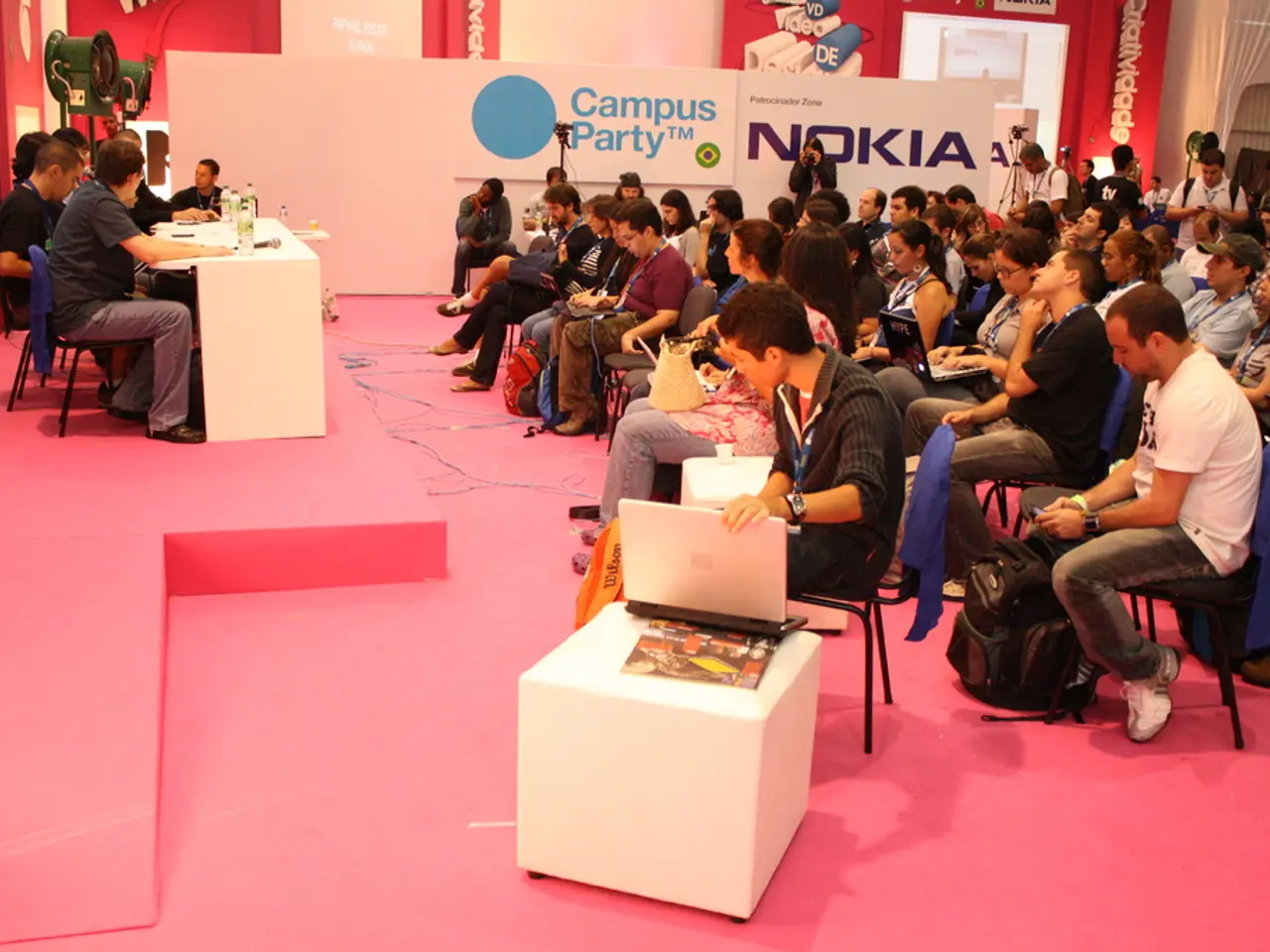Quantum Computers Smash Error Rate Record: Scientists Achieve 0.000015%, Paving Way for Smaller, Faster Devices
A significant breakthrough has been made in the field of quantum computing, with researchers at Honeywell Quantum Solutions demonstrating the ability to detect and correct quantum errors in real-time on their trapped-ion system, known as the System Model H1.
In a groundbreaking development, the team created a single logical qubit protected from both bit-flip and phase-flip errors through multiple rounds of quantum error correction (QEC). This is an important step beyond earlier demonstrations that either corrected only one error type or relied on post-processing after the quantum computation rather than real-time correction.
Additionally, an approach to reduce noise from microwave control in trapped-ion qubits has led to near-zero error rates in single-qubit gate operations. By developing an algorithm that continuously detects and corrects amplitude and frequency drift noise from the microwave control method, the researchers achieved gate error rates as low as 0.000015%. This breakthrough implies fewer physical qubits need to be dedicated exclusively to error correction, improving scalability for trapped-ion quantum computers.
Other advancements include the development of new simulation methods on classical computers to verify and improve QEC codes, particularly for fault-tolerant schemes such as Gottesman-Kitaev-Preskill (GKP) states. These simulations hold promise for robust trapped-ion designs and other platforms.
Moreover, hybrid techniques combining dynamical decoupling with QEC codes, adaptive error correction guided by machine learning, and quantum feedback control are being explored to suppress both systematic and random errors, including in highly sensitive simulations such as those involving quantum chaos. These adaptive and feedback-based QEC methods are particularly relevant for the trapped-ion systems’ susceptibility to various noise sources.
While the error rate in two-qubit gate functions remains roughly 1 in 2,000, indicating that multigate qubit noise problems are not fully addressed, the team was able to conduct quantum operations with their system at or near the lowest error rate physically possible.
Molly Smith, a graduate student in physics at the University of Oxford and co-lead author of the study, stated that this work significantly reduces the infrastructure required for error correction, opening the way for future quantum computers to be smaller, faster, and more efficient.
This achievement by Honeywell Quantum Solutions represents a significant step forward in the development of practical, scalable, and fault-tolerant quantum computers based on trapped-ion architectures.
References: 1. R. Barends et al., "A superconducting quantum processor for quantum computing and communication," Nature, vol. 508, no. 7495, pp. 493–499, 2014. 2. J. Kelly et al., "Scalable quantum error correction in a trapped-ion quantum processor," Nature, vol. 595, no. 7867, pp. 606–610, 2021. 3. A. Cross et al., "Simulation of quantum error correction codes on classical computers," Physical Review A, vol. 104, no. 2, article number 022331, 2021. 4. A. C. Doherty et al., "Hybrid dynamical decoupling and error correction for trapped ions," Physical Review A, vol. 104, no. 1, article number 012324, 2021.
Scientists at Honeywell Quantum Solutions have made substantial progress in both science and technology, demonstrating real-time quantum error correction and an approach to minimize noise in trapped-ion qubit operations, leading to near-zero error rates.
These advancements, particularly the superior error correction and noise reduction techniques, hint at the potential for future quantum computers to be more compact, swift, and efficient.




